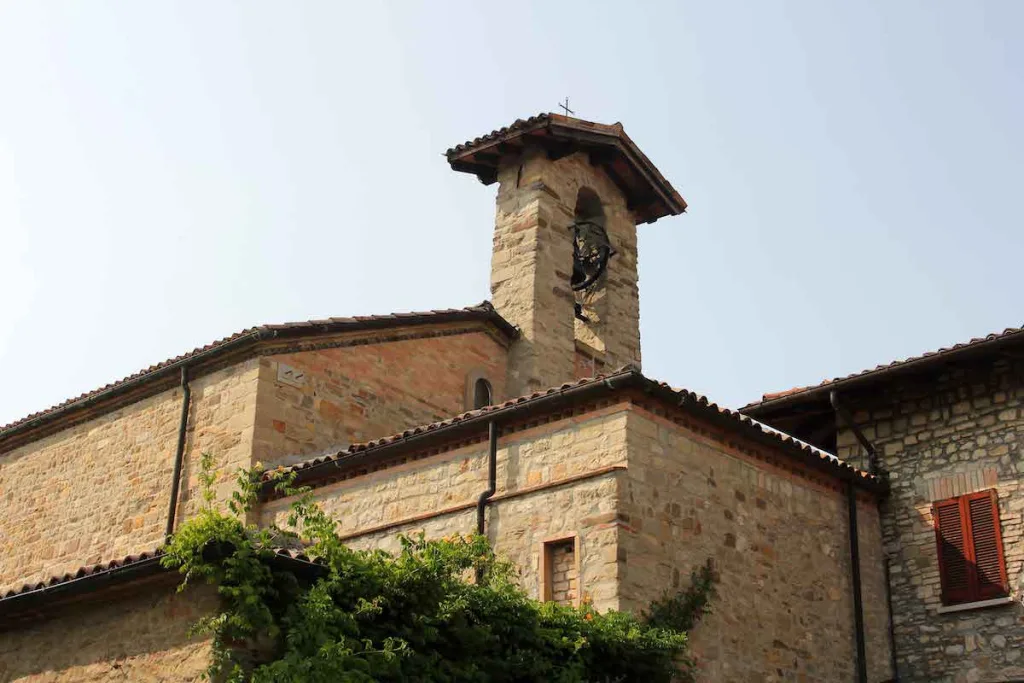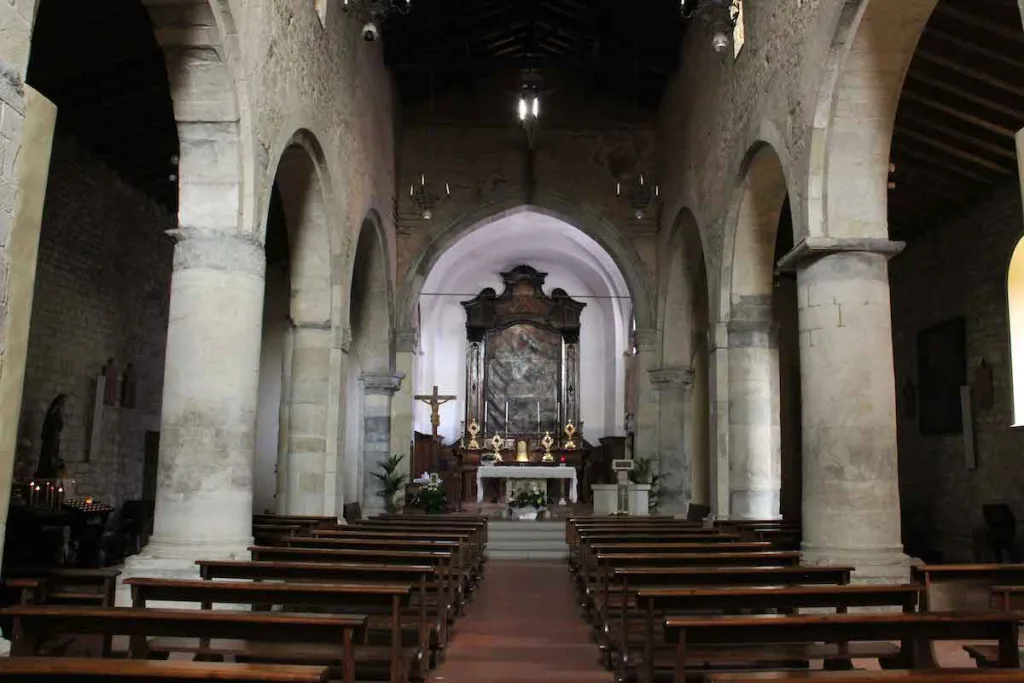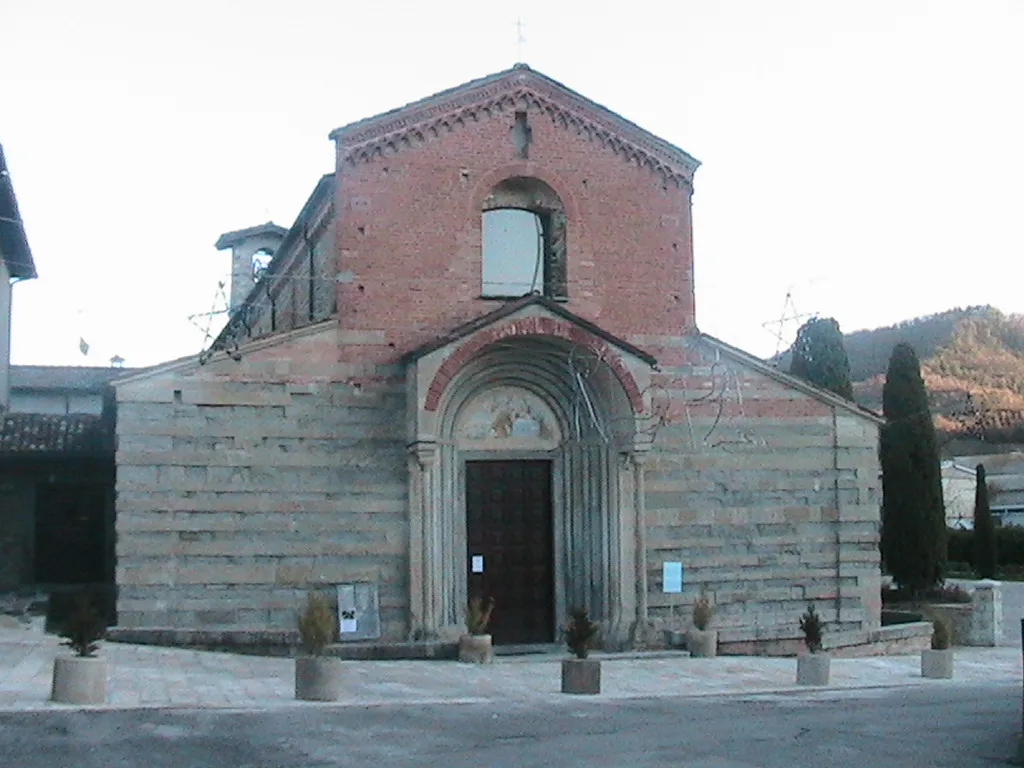The Church of the Capuchins, located in the lower part of Varzi, elevated to national monument status, is the first parish church built in the Staffora Valley. Its construction dates back to the end of the 12th century, characterised by typical Romanesque architecture. It represents a place of great historical, artistic and spiritual value. Its recovery and restoration have made it possible to preserve its ancient beauty and revive the devotion that has characterised centuries of religious history in Varzi.

From decline to return to life
After the erection of the new parish church in the village of Varzi in 1584, the Capuchin church was abandoned for almost a century. In 1623, thanks to the arrival of the Capuchin friars, the church came back to life thanks also to the construction of an adjacent convent
During the Napoleonic period, the church was taken away from the friars and deconsecrated, later being rented out to local farmers.
Recovery and return to its former glory
It was not until 1903 that the Capuchin friars were able to regain possession of the church, finding it in a state of disrepair. Thanks to major restoration work, the church was restored to its original appearance. During this work, a fragment of a fresco that once covered the entire front wall emerged. The painting, an Annunciation attributed to Franceschino and Manfredino Baxilio of Castelnuovo Scrivia (1484), represents a valuable artistic treasure within the church.

The beauty of the façade
The façade of the Capuchin church is divided into two parts, with the lower section made of sandstone and the upper one of exposed terracotta.
Embellishing it is the presence of a porch entrance that still preserves the original structure and decorations of the medieval tradition. This architectural element adds further beauty to the sacred building and testifies to its historical importance.

The fascinating interior and the three naves
Going down a few steps, one enters the interior of the church, characterised by the presence of three naves separated by round arches, supported by quadrangular pillars and alternating columns. The roof of the building is made of wooden trusses.
A new beginning and a return to its former splendour
In 1971, the Capuchin Church began a new chapter in its history with the start of renovation work. The aim was to restore the building to its original Romanesque style, preserving and enhancing its artistic heritage.
The discovery of the Annunciation fresco
During renovation work, a precious discovery was made: the fragment of a fresco that once covered the entire front wall of the church. Attributed to the brothers Franceschino and Manfredino Boxilio of Castelnuovo Scrivia, and probably executed around 1484, it depicts the Annunciation. Unfortunately, only the figure of the Virgin remains today, but the work represents an artistic treasure within the church.
The recovery of the original architectural elements
During the restoration process, the ancient exposed trusses were brought to light, restoring the building's architectural authenticity. The original external and internal double splay windows were also reopened, allowing light to filter in and illuminate the interior spaces. The roofing in the two side aisles was redone, ensuring the preservation of the building and the protection of its interior walls.
Thanks to the completion of the restoration work, attention to detail and respect for history, the Capuchin Church has finally returned to its former early medieval splendour: its ancient walls continue to tell centuries-old stories of faith, devotion and art.










